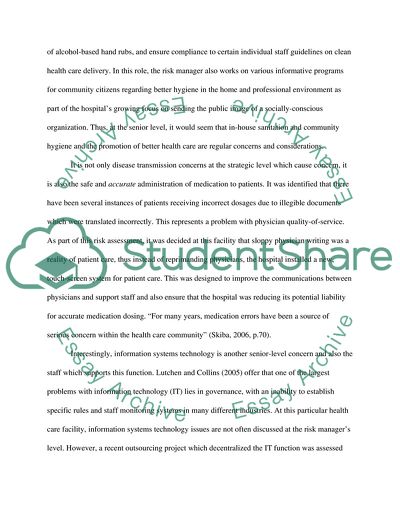Cite this document
(“Strategic Management and the Health Care Facility Essay”, n.d.)
Strategic Management and the Health Care Facility Essay. Retrieved from https://studentshare.org/nursing/1557220-please-answer-only-assesment-item-15-pages
Strategic Management and the Health Care Facility Essay. Retrieved from https://studentshare.org/nursing/1557220-please-answer-only-assesment-item-15-pages
(Strategic Management and the Health Care Facility Essay)
Strategic Management and the Health Care Facility Essay. https://studentshare.org/nursing/1557220-please-answer-only-assesment-item-15-pages.
Strategic Management and the Health Care Facility Essay. https://studentshare.org/nursing/1557220-please-answer-only-assesment-item-15-pages.
“Strategic Management and the Health Care Facility Essay”, n.d. https://studentshare.org/nursing/1557220-please-answer-only-assesment-item-15-pages.


